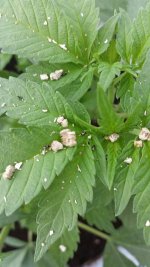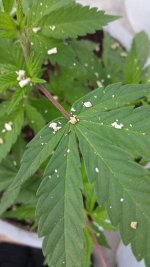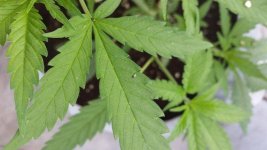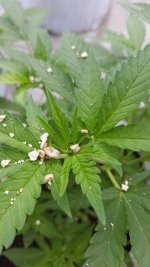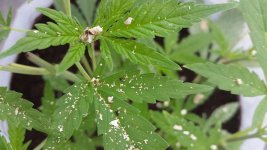Jeff is a friend of mine. Both Elaine and Jeff have acknowledged my findings concerning peat moss regarding the shared microbial life. When the Alaska humus products are shipped cross border they are classed as peat.
You are to the best of my knowledge mistaken about AM hyphae surviving as a living entity. If this comes from Elaine, she is wrong. As far as I know, Alaska humus (Ancient Forest, etc) are harvested from areas where there used to be forests, just like peat moss.
Elaine has not tested good biochar then. I make my own. She does not have multiple doctorates. Where do you get that?
I was asking about the source of your peat referring to Canadian Sphagnum peat moss, not Alaska 'humus'. Is it? If so where do you get large bails for $4.
Good to hear that you harvest the clay soil.
Interesting. I was not aware of the shipping standards. Perhaps it was the sheathing mantle of the hyphal network. I just sent an email over to see if I can clarify where that originated from. She has a doctorate from Colorado and Ill have to remember where the other was from. I get back to you in a bit on that. The tests were done at a biochar convention. I got that from one of her lectures where she goes into her history. If you go to youtube and type in Elaine Ingham, common ground, hawaii, 2012 you should find it. Its a 36 hour lecture Ive watched about 20 times as it was the only media I had when I moved to this location after having most everything in my life stolen from me. My local garden store sold me bails for that price or right around there. Maybe it was due to the volume I purchased that year filling up 30 300 gallon containers with it and clay. Maybe 60% peat if not more. I have no idea how many I got. Well over 100 I think

